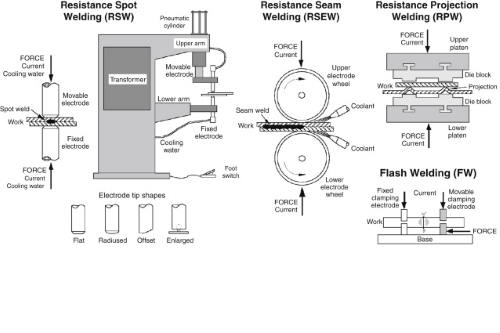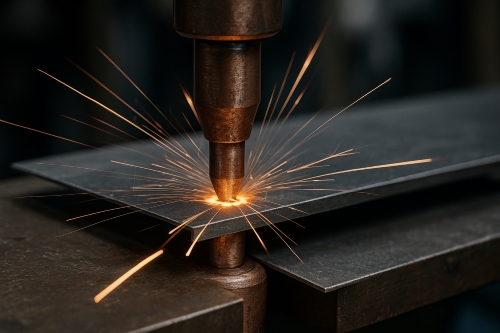An Overview Of Various Ceramic Crucibles
Introduction
Crucibles serve as essential components in chemical instrumentation. They are used to melt, refine molten metals and to facilitate reactions between solid and liquid substances, which lays the foundation for controlled chemical processes. Historically, platinum crucibles were produced using clay, which represented a significant technical step. Advances in preparation techniques have enabled the manufacture of crucibles from a variety of materials that can withstand the melting process or chemical transformation of their contents.
The range of available crucible types, models and specifications provides operational flexibility and helps to avoid contamination of the molten materials. Ceramic crucibles are widely employed. Categorised by raw material, ceramic crucibles include those composed of quartz, corundum, boron nitride, zirconium dioxide and others. Each variant is selected according to its measured properties and the specific application requirements.

1. Quartz Ceramic Crucibles
A quartz ceramic crucible is produced from high-purity molten quartz. Its structure features a low thermal conductivity, a reduced coefficient of thermal expansion and stability under rapid temperature changes. The crucible exhibits documented electrical performance and chemical inertness. It is used in the glass processing industry, metallurgy, electronics, chemistry, aerospace and related fields. In practice, the design of quartz ceramic crucibles is predominantly either square or cylindrical.
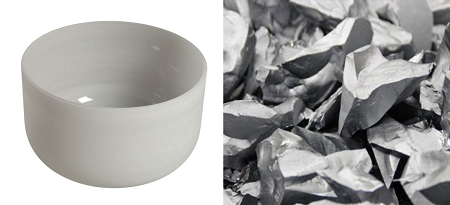
Given the increasing emphasis on renewable energy, solar energy is now regarded as a green energy source worldwide. The production volume of polycrystalline silicon for photovoltaic conversion has increased significantly. Consequently, demand has risen for large-format, thin-walled, square quartz glass crucibles, and market research indicates that international demand is increasing.
2. Corundum Crucibles
Corundum crucibles, formally known as aluminium oxide crucibles, are termed as such when the aluminium oxide content exceeds 95%. These crucibles are manufactured to withstand high temperatures, acids, bases, extreme cold and heat, and chemical corrosion. They are suitable for melting weakly alkaline substances such as Na2CO3 in the absence of water. They are not used for melting samples that require strongly alkaline or acidic fluxes.

Measurements show that 99,70% aluminium oxide crucibles, when used in oxidation or reduction atmospheres at temperatures between 1 650°C and 1 700°C, maintain stable insulation and mechanical strength. Depending on the operating conditions, aluminium oxide crucibles are manufactured in a variety of sizes and shapes.
3. Crucibles Made from Boron Nitride
Common forms of boron nitride include cubic boron nitride (C-BN) and pyrolytic boron nitride (P-BN). In practice, boron nitride crucibles are generally manufactured from P-BN. P-BN ceramics provide measured thermal stability, adequate heat resistance, thermal conductivity and high-temperature dielectric strength. They are used to control heat dissipation and provide insulation under high-temperature conditions.
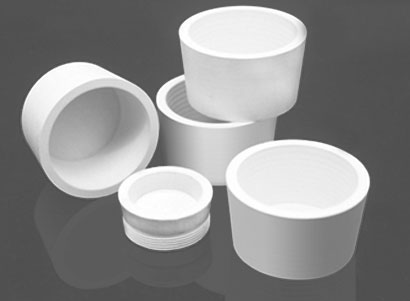
P-BN is noted for its chemical stability and its capacity to withstand erosion in the presence of most molten metals. It is employed for high-temperature processes in environments where, in vacuum conditions, the operating temperature may reach up to 1 800°C.
4. Zirconium Dioxide Crucibles
Zirconium dioxide has a higher melting point than zirconium metal and is among the most refractory materials available. Even when heated to 1 900°C, zirconium dioxide does not react with molten aluminium, iron, nickel, platinum-group metals, silicates or acidic slags. Consequently, zirconium dioxide crucibles are used for melting platinum, palladium, ruthenium and caesium noble metals and their alloys.
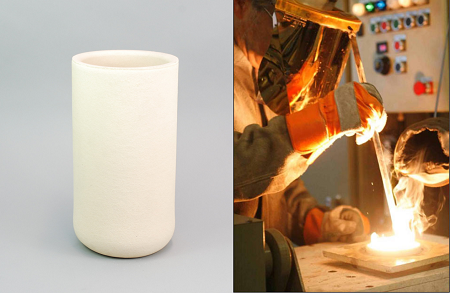
In comparison with aluminium oxide, zirconium dioxide is more costly. It is the refractory oxide material of choice in furnaces operating above 2 000°C, where no other oxide can be substituted.
5. Yttrium Oxide Crucibles
Yttrium oxide (Y2O3) is a high-performance ceramic that exhibits heat resistance, corrosion resistance and high-temperature stability. Its melting point exceeds 2 400°C, and it has a low reactivity with certain active metals (such as Ti, Al, Hf, Nb) at elevated temperatures. Crucibles fabricated predominantly from high-purity Y2O3 are employed for melting titanium and titanium alloys as well as in oxygen-sensitive melting processes.
Processing Y2O3 is challenging due to its high melting point. Since Y2O3 is intrinsically brittle, rapid heating or cooling may lead to structural failure of the crucible.
6. Silicon Carbide Crucibles
Silicon carbide crucibles are acknowledged for their high thermal conductivity and resistance to chemical corrosion. They are primarily applied in high-temperature environments. Manufactured from silicon carbide, a compound of silicon and carbon, these crucibles are used for melting and refining metals, including aluminium, copper and iron. Given that they can withstand extreme temperatures, silicon carbide crucibles are selected in foundries and laboratories for various metallurgical processes.
![]()
7. Magnesia Crucibles
Magnesia crucibles are produced from magnesia or magnesium oxide. They are designed to resist chemical corrosion and maintain stability at high temperatures. These crucibles are used in laboratories and metallurgical processes where controlled melting and heating of metals is required.
8. Mullite Crucibles
Mullite crucibles are composed primarily of aluminium oxide and silicon dioxide. They exhibit a low coefficient of thermal expansion, resistance to rapid temperature changes and high mechanical strength. These characteristics allow them to be used in processes ranging from metal melting to the synthesis of advanced materials under controlled conditions.
9. Cordierite Crucibles
Cordierite crucibles, which incorporate magnesium, aluminium and silicon, demonstrate resistance to abrupt temperature variations and low thermal expansion. They are used in applications that require rapid heating and cooling cycles in both laboratory and industrial settings. Their design supports accurate control over thermal conditions.
10. Sintered Silicon Nitride Crucibles
Sintered silicon nitride crucibles are advanced ceramic vessels engineered for extreme environments. They are manufactured from silicon and nitrogen and exhibit high thermal stability, strong mechanical properties and resistance to chemical corrosion. These crucibles are employed in both laboratory and industrial contexts where rigorous thermal and chemical conditions are encountered. Their performance meets stringent technical requirements.
Conclusion
In summary, the diverse range of crucibles plays an essential role in facilitating a spectrum of chemical processes. From traditional materials such as quartz to modern compositions like sintered silicon nitride, each crucible type is designed to meet a specific technical purpose. Advances in manufacturing techniques are expected to further enhance crucible performance in line with the precise requirements of industry and research laboratories.

 Bars
Bars
 Beads & Spheres
Beads & Spheres
 Bolts & Nuts
Bolts & Nuts
 Crucibles
Crucibles
 Discs
Discs
 Fibers & Fabrics
Fibers & Fabrics
 Films
Films
 Flake
Flake
 Foams
Foams
 Foil
Foil
 Granules
Granules
 Honeycombs
Honeycombs
 Ink
Ink
 Laminate
Laminate
 Lumps
Lumps
 Meshes
Meshes
 Metallised Film
Metallised Film
 Plate
Plate
 Powders
Powders
 Rod
Rod
 Sheets
Sheets
 Single Crystals
Single Crystals
 Sputtering Target
Sputtering Target
 Tubes
Tubes
 Washer
Washer
 Wires
Wires
 Converters & Calculators
Converters & Calculators
 Write for Us
Write for Us
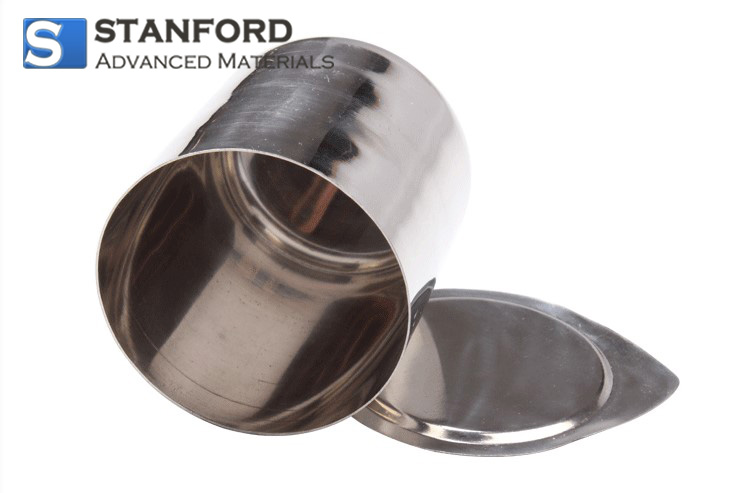
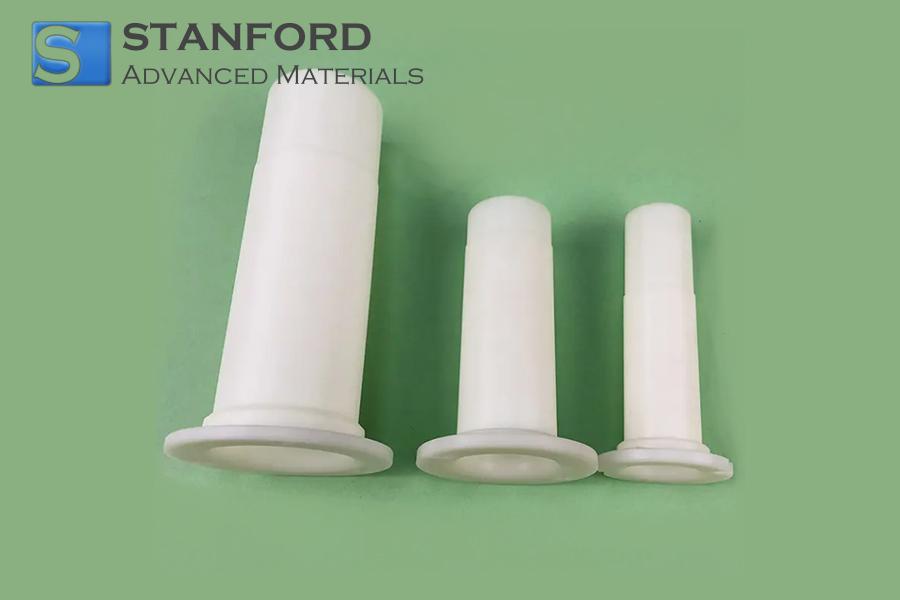

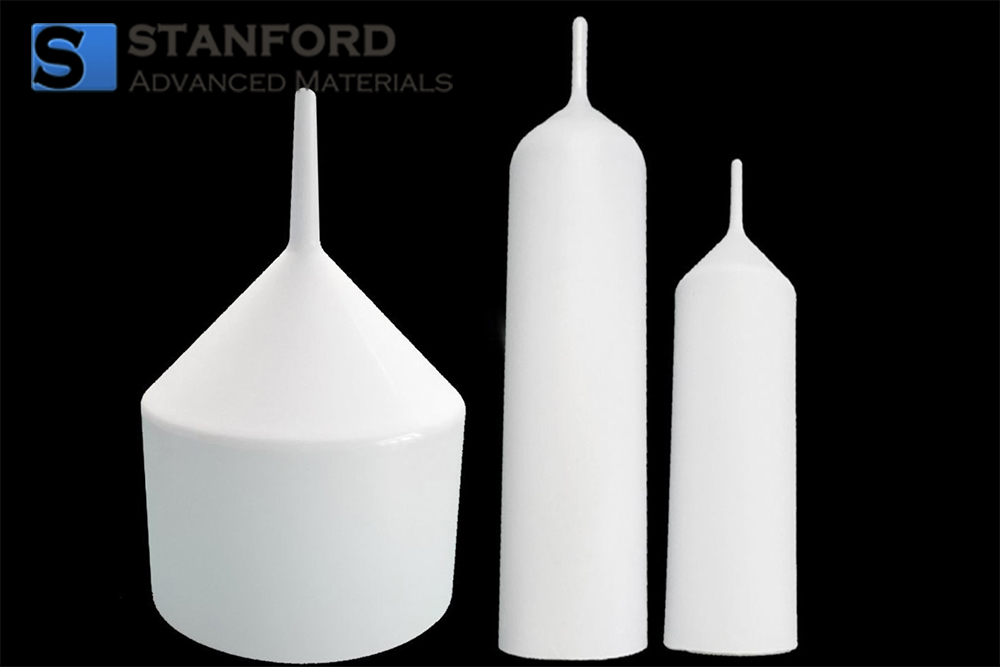
 Chin Trento
Chin Trento


